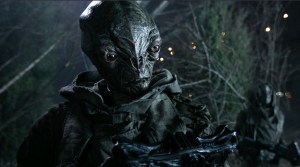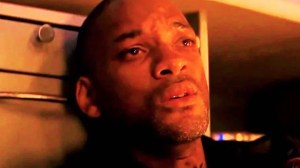Although the sprawling Star Trek franchise is full of well-written TV episodes and compelling movies, it also contains some of the weirdest plot holes this side of the Neutral Zone. In all fairness, it would be nearly impossible to keep the canon airtight given that there have been numerous writers behind a lore 60 years in the making. If you watch closely, Trek is actually full of inconsistencies that canon cops are still debating to this day.
Videos by ComicBook.com
The franchise’s commitment to “the rule of cool” has sometimes meant that logic takes a backseat to drama. It’s why we forgive things like Data’s emotion chip turning on and off like a light switch or Klingon foreheads evolving without explanation. But for long-time Trekkies, a few of these story gaps have never stopped being annoying, even on the 100th rewatch. Leaving out the obvious inconsistencies like the seriousness of the Prime Directive, here are five weird little Trek plot holes that linger like a tribble you can’t get out of the air ducts.
5) Star Trek: The Next Generation, “All Good Things”

The finale of The Next Generation is widely considered one of Trek’s best hours, but fans also have a bone to pick. The episode’s central plot revolves around a temporal anomaly that grows backward through time, threatening all life in the galaxy. Data explains that it could only have been created by the same ship, the Enterprise, using an inverse tachyon pulse in three separate time periods. The problem is that the Pasteur, not the Enterprise, creates the tachyon pulse in the future timeline, meaning the entire explanation collapses.
Reportedly, the inconsistency was first noticed by producer Rick Berman’s own son after the episode aired. Even worse, the timeline logic implies that the anomaly should have been nearly gone by the time the Pasteur arrived in the Devron system. The writers missed a golden opportunity to make that part of the mystery. Instead, it’s just another Star Trek paradox that doesn’t hold up under scrutiny. Also, future Riker’s ship somehow hits warp 11 without turning the crew into salamanders. So maybe they switched back to the Imperial warp scale for the finale?
4) Star Trek: Voyager, “Ashes to Ashes”
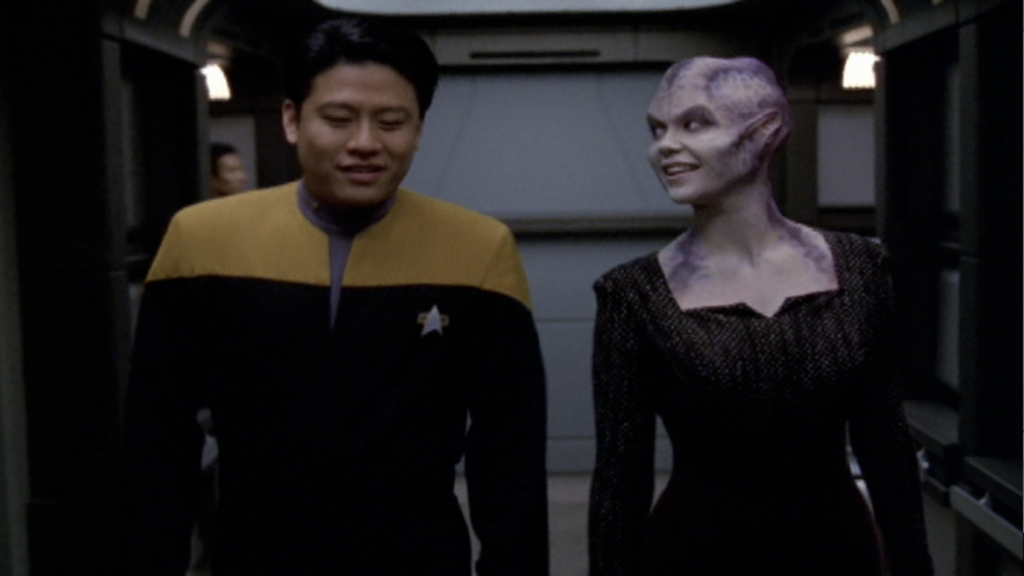
This Voyager episode brings back an offscreen crew member, Ensign Lyndsay Ballard, who supposedly died years earlier in Season 2. Her body was sent into space, where it was found by a race called the Kobali, aliens who reanimate corpses as part of their reproduction process. Years later, Ballard suddenly regains her memories, steals a Kobali shuttle, and manages to track down Voyager after only two days of travel. Between Seasons 2 and 6, Voyager had crossed countless light-years, found shortcuts, and made serious progress toward Earth, but this alien shuttle somehow covered the distance.
What’s also frustrating is that no one suggests trying to reverse-engineer the Kobali tech to make Voyager faster. Janeway brushes it aside, without considering the implications or advantages. While the idea might’ve worked better as a TNG or DS9 episode, it undermines Voyager’s narrative engine: the struggle to get home. You can’t introduce a shuttle that outpaces the ship and then act like it doesn’t matter. And don’t even get started on the random Talaxian colony that shows up three episodes before the finale.
3) Star Trek: The Next Generation, “The Nth Degree”
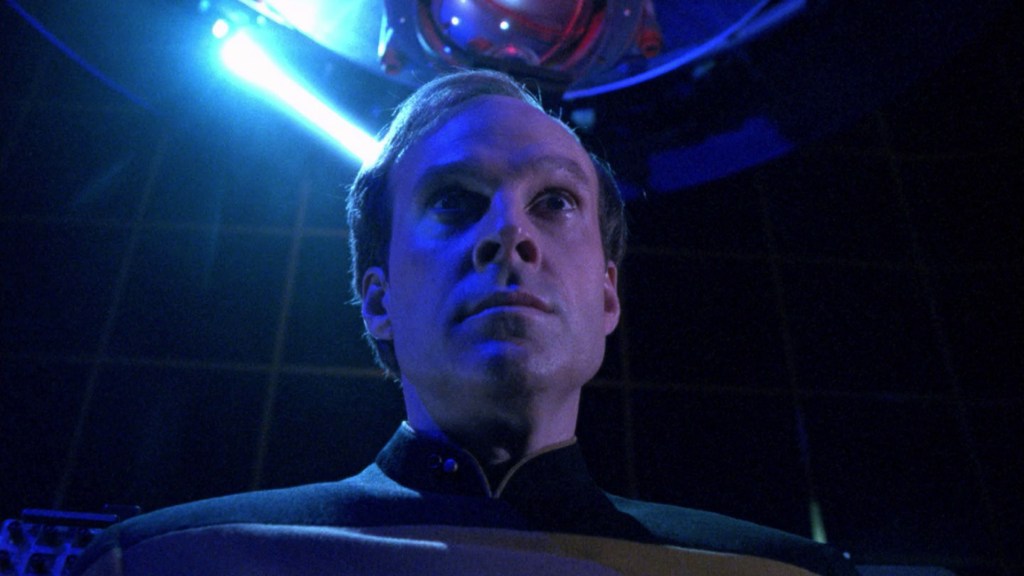
Reginald Barclay’s accidental evolution into a super-genius is one of the great TNG episodes, just don’t think about it too hard. After being zapped by an alien probe, Barclay upgrades the Enterprise’s shields to five times their normal strength and even opens a transwarp corridor to another galaxy. Then everyone just forgets about it. You’d think the Federation would want to, you know, widely implement the shield upgrades or reverse-engineer the transwarp breakthrough that effectively ends warp travel limits.
The show attempts to technobabble a way out, but the episode unintentionally creates a Federation that theoretically could have been invincible by Season 8. It’s the same head-scratcher as The Undiscovered Country’s gaseous anomaly torpedo. Fans have spent decades joking that if Barclay’s mod worked that well, the Romulans should’ve just surrendered. Maybe they all agreed not to talk about it for timeline reasons, but even the Doctor’s 29th-century holo-emitter survived future-tech quarantine.
2) Star Trek: The Next Generation, “The Next Phase”
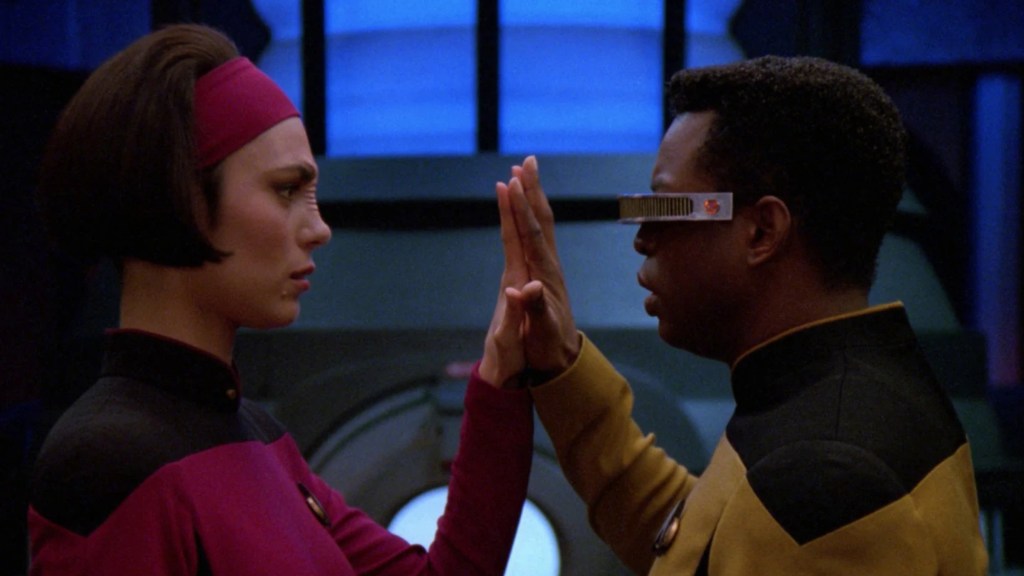
Another TNG episode, “The Next Phase,” is one of the best Trek ghost stories, but the logic of being “out of phase” falls apart pretty quickly. When Geordi and Ro are shifted out of phase with normal matter, they can suddenly walk through walls, though apparently not floors. They can see, breathe, and even talk to each other, despite existing outside normal space-time. The episode tries to pass it all off with some phased subspace fields explanation, but it doesn’t hold up. If you can pass through solid objects, what’s stopping you from sinking through the deck?
Some fans have also tried to explain it away with the notion that gravity plating affects both phases, which is at least creative. However, when a show that prides itself on in-world logic resorts to paranormal magic, it feels more fantasy than science fiction. Even Stargate SG-1 later poked fun at this in its “Wormhole X-Treme!” episode, where a character asks the same question and the reply is, “We’ll get back to you on that.” It’s still a great episode, but you’d better not forget your suspension of disbelief.
1) Star Trek: Discovery, “Red Directive”
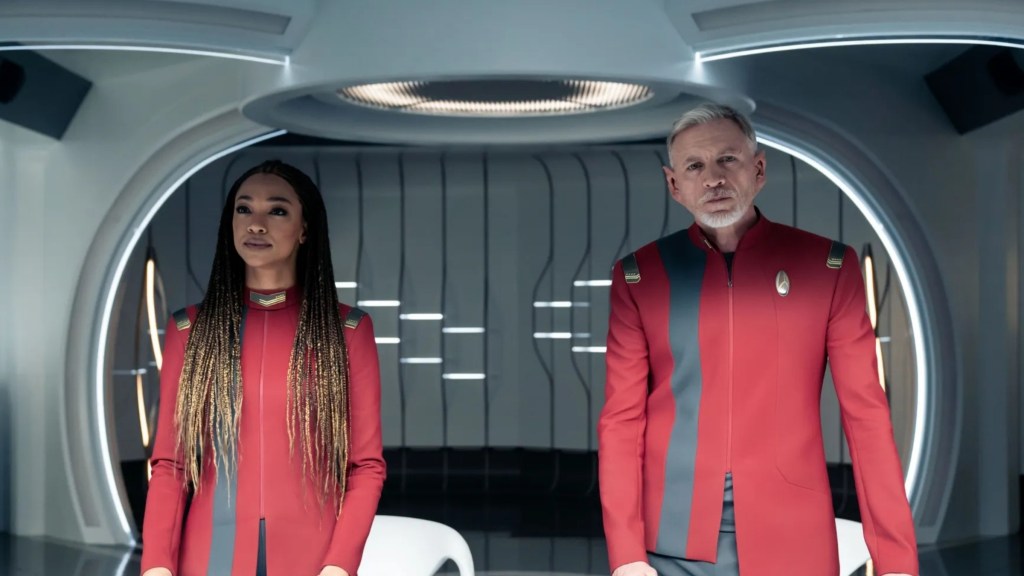
The mother of all annoying Trek plot holes may just be the transporter. By the 32nd century, Discovery has technology that can materialize people across star systems with near-instant precision. So why does anyone ever get away with anything? In the Discovery Season 5 premiere, the antagonists spend a long stretch of the story within both scanning and transporter range of two Federation ships, yet no one ever tries to beam them into the brig. There’s not even a throwaway line about ion storms or interference fields; it’s just ignored.
Once you realize that the transporter makes almost every Star Trek plot obsolete, it’s hard to unsee it. Intruders on board? Beam them out. Hostage situation? Beam them home. Klingons attacking? Beam them into deep space and watch their bodies drift past the viewscreen. The show never attempts to justify it, leaving fans to fill in the gaps with headcanon. Combine that with replicators that can produce almost anything, and it raises the question: Is there anything the Federation can’t do? It seems, for now, the only answer is actually implementing all the technology at its disposal.
Did we miss any weird errors? Leave a comment below and join the conversation now in the ComicBook Forum!


